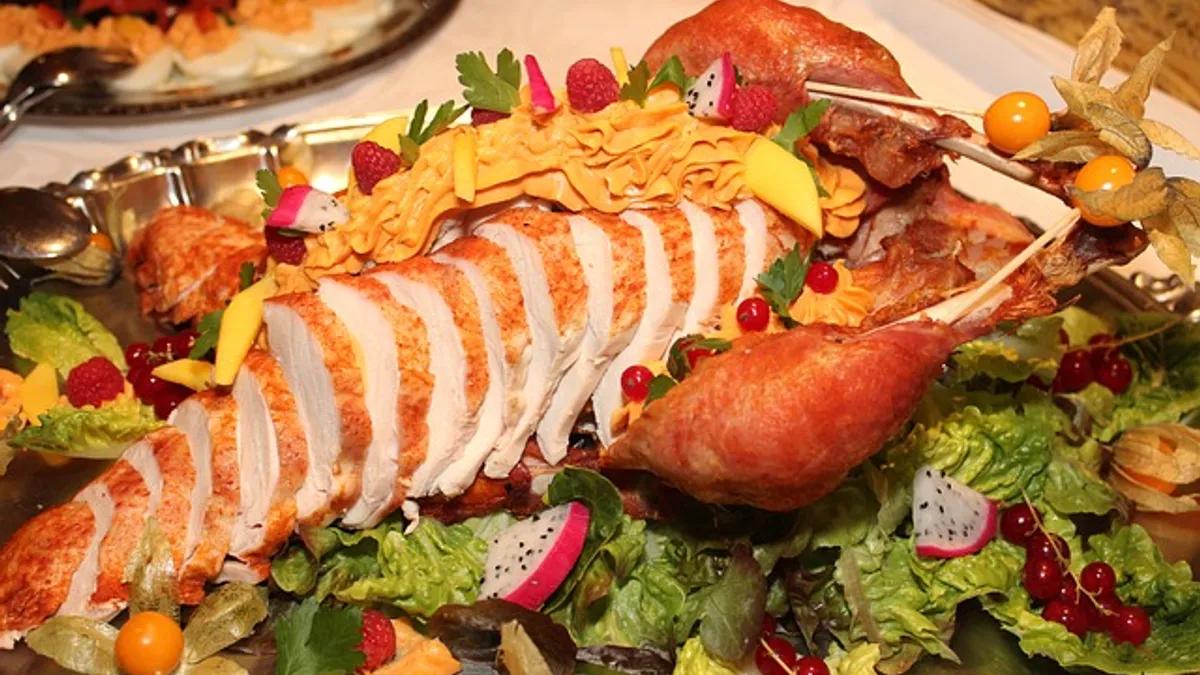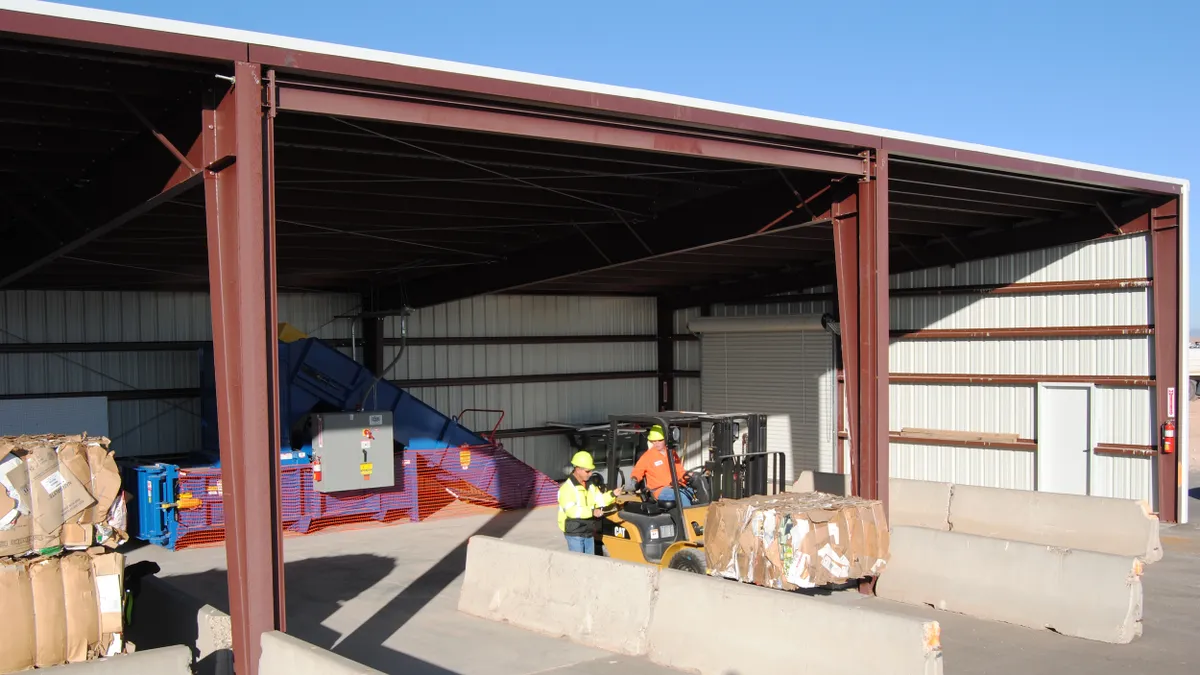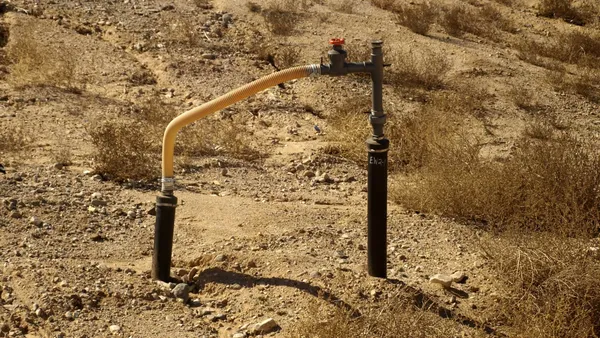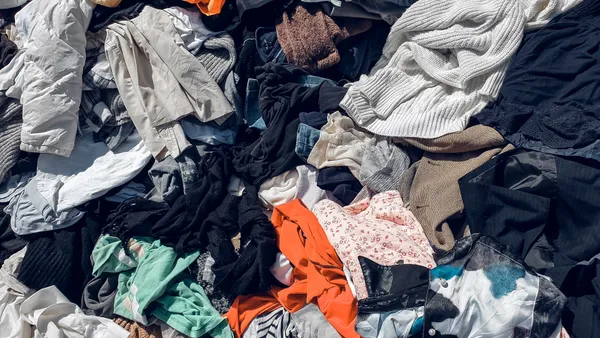Thanksgiving is a time to reflect on everything; with a bountiful food supply prominent on the list. But while food fills our plates and our bellies this holiday season, much of it will also overflow to our landfills. In fact, if this year mirrors past statistics, we will discard 35% — or 204 million pounds — of edible turkey meat.
The tonnage of wasted turkey does not go without environmental consequences. What goes uneaten from that one meal served in households around the country will generate greenhouse gas emissions equivalent to 800,000 car trips from New York to San Francisco, putting out one million tons of CO2 that spill into the atmosphere.
While the numbers are staggering, they can be leveraged to create opportunity. Opportunity to mitigate waste and reflect on why this practice is important. Opportunity to encourage consumers to think about what they can do, not just on Thanksgiving, to keep mega volumes of food scraps out of waste streams.
Reaching for this goal is an ongoing challenge. The average dinner plate's surface area expanded by 36% between 1960 and 2007, though plenty of its contents get tossed. In the U.S., 31% — or 133 billion pounds— of 430 billion pounds of available food at the retail and consumer levels in 2010 went uneaten, according to the USDA.
"People are mindful over the holidays and somehow more open to the messaging that there are steps they can take to mitigate waste. So, why not take advantage of it?" asked Dana Gunders, senior scientist in the National Resources Defense Council's Food and Agriculture Program and author of Waste Free Kitchen Handbook.
She advises municipalities and those in the food and solid waste management industries to give consumers tips on portion planning for their Thanksgiving feast. Additionally, the EPA collaborated with the West Coast Climate & Materials Management Forum to design a food waste toolkit titled Food: Too Good to Waste. Comprised of simple strategies and tips for consumers, the toolkit is linked to a 25% reduction in household wasted food.
How industry leaders can help
On the commercial side, the Food Waste Reduction Alliance recently released an updated guide of practices to help food manufacturers, retailers, and restaurants reduce food waste. In the guidelines, Waste Management encouraged companies to conduct waste characterization assessments to understand how to best dispose of their food — which accounts for about 80 billion pounds of waste in U.S. landfills each year.
Additionally, industry stakeholders continue to play their role. Just last week the EPA co-hosted the first national Food Recovery Summit in Charleston, SC to push its joint food waste reduction goal with the USDA. The summit joined the Southeast Recycling Development Council (SRDC), BioCycle, the South Carolina Department of Health and Environmental Control, and the North Carolina Department of Environment and Natural Resources, as well as other organizations, to brainstorm realistic ways to achieve 50% reduction by 2030.
The inevitability of food waste
The 2030 goal is a lofty one. But stakeholders seem to believe it is attainable through ongoing education to encourage good consumer practices and solid waste management practice.
Still, while consumers and industry professionals can reduce waste and find creative uses for holiday leftovers, some food waste is inevitable.
"It goes to landfill, often because there is nowhere else to send it. This demonstrates a need to develop more infrastructure options to recycle food waste, keeping it out of landfills and sending it to beneficial alternatives like recovering energy or compost," said Meghan Stasz, senior director of sustainability with the Grocery Manufacturers Association (GMA), in an interview with Waste Dive.
It's important that during the holidays and all year, we address waste and materials holistically.
"MRF operators can team up with area composters or anaerobic digester operators to find ways to divert food waste away from landfill to help feed soil or create energy. And local governments or regional EPA offices can be great resources to help find the best use for the many kinds of materials that will make their way into the waste stream during the holiday season," advised Stasz.











